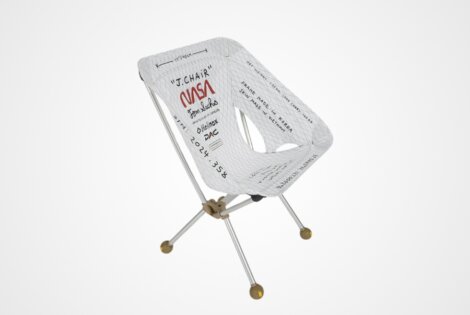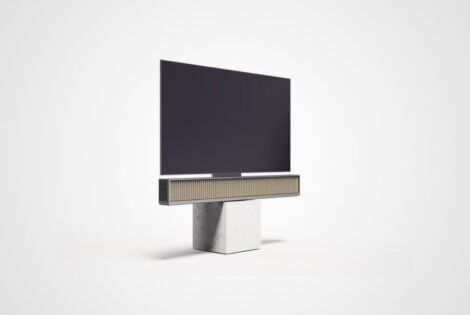
Coffee is a staple drink most associated with breakfast but for some, having a cup any time of the day is a habit. Caffeine can be addicting as it provides the instant boost that powers you through a whole day’s work or studies.
On the contrary, some have become so used to having caffeine running through their veins that drinking coffee multiple times a day becomes a mundane task. The kick is no longer there so it still makes them feel drowsy and lethargic.
Regardless, when the need for some java kicks in we can always count on the cafes, restaurants, or get hands-on with coffee machines at our disposal to satisfy our needs. There are various ways to prepare coffee and various tools we can work with. Some are easy and others require skills. Below you will find some helpful information on the different methods.
Electric

In this modern era where people are usually up on their feet and off to work early in the morning or evening, electric coffee machines are a life-saver. They save time and energy and give you the best-tasting coffee there are.
They are also great conversation starters because of their modern features and innovative design. Aesthetics-aside, these machines give you more flexibility in choosing the coffee flavor. The more modern types already equipped with presets e.g. cappuccino, latte, mocha, espresso, and more. Below you will find two of the common electric java making tools in the market.
Coffee Maker
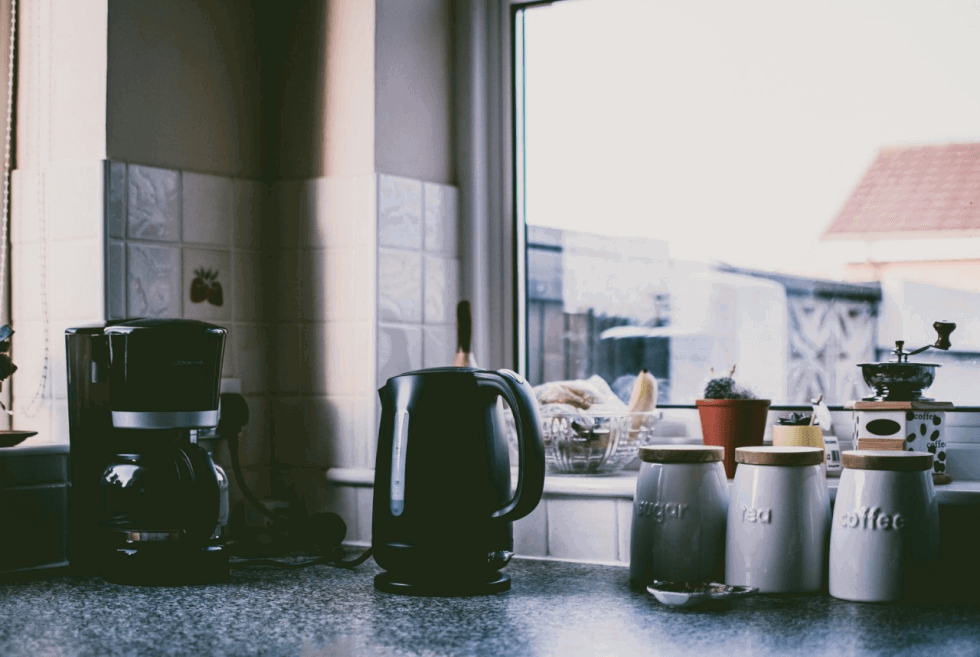
This one works like how you make a drip coffee only it is electric. It has a coffee filter where you put your coffee grounds, a water jug either at the back or on the side that stores your water for boiling, and a glass jar to hold the liquid as it drips. The jar sits on an induction plate that retains its heat as long as the machine is plugged so you have a warm cup of java whenever you need it.
Coffee Machines

These can be for professional or home use depending on your preference. If you’re confident that you have barista-quality skills then you can get a Breville, Smeg, a La Pavoni, or the other fanciest commercial machines for home use. These types let you show off your skills in making the perfect froth and crema to your house guests.
However, if you’d rather have a machine that saves you time and effort without sacrificing coffee taste and quality, then why not get a Nespresso. These machines brew a shot of espresso and use coffee capsules or what they call Nespresso pods to give you café-quality java at the comfort of your home or in the office. The pods come in a variety of coffee flavors with some not even found in cafes as they are personal blends.
Getting your hands on a Nespresso machine and the Nespresso pods can sometimes be challenging. Your favorite local café may not carry them. The internet is your best bet and Coffee In My Veins can help you with this problem and even guide you on the best flavor choices so you don’t come out short in your caffeine fix.
Manual

If you have time to really get hands-on in the preparation then what better option than to go manual. There are several manual methods for preparing coffee and some are listed below.
French Press
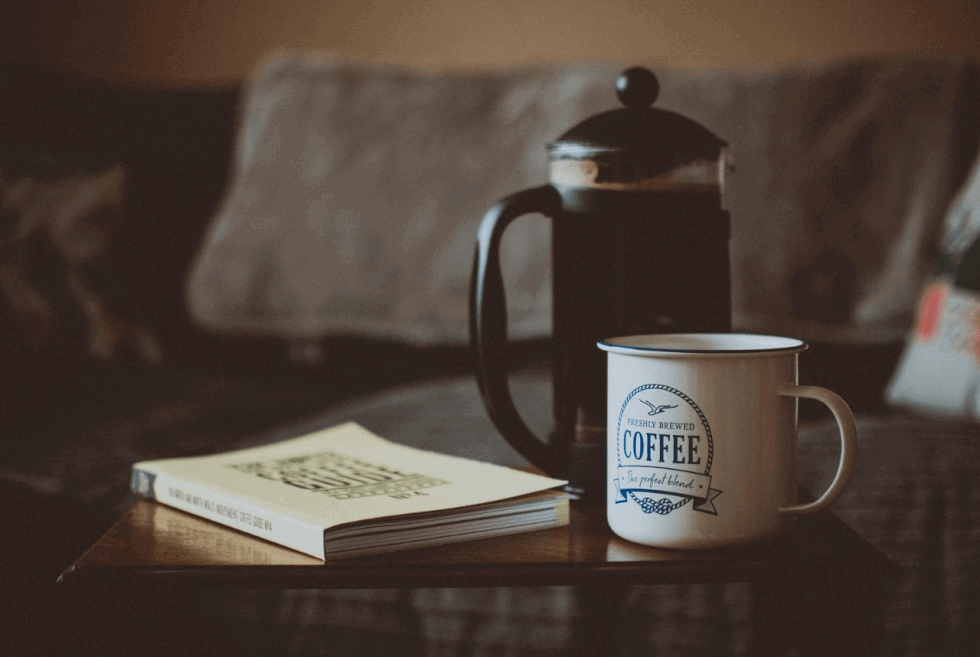
This is one of the easiest ways to prepare coffee at home or in cafes. This process is called as such because it uses a French Press, which comprises a plunger and a lid, to brew dark and aromatic java. It works best with medium-ground coffee and steeping the grounds in really hot water for 3-4 minutes before you press the plunger and pour it into a cup.
Coffee Drip

This one is easy too although it requires a little finesse when pouring the water. A coffee dripper, a mug, ground coffee beans, and a filter are all it needs. You put the dripper on the mug and the filter next and then the coffee grounds. You pour hot water just enough to saturate and wait for about 30 seconds until you see it become “bubbly.” Then you pour the rest of the water slowly so it can drain effectively and drip into the mug.
Percolator

This is probably one of the oldest methods of making coffee and the longest. Patience is key for this one as the steeping process takes longer about five minutes. It works like an espresso machine but with the aid of your gas burner. Thus, it is also called the “stovetop espresso maker” or the “Moka pot.”
The percolator has a bottom part where you fill it with hot water, a top chamber where you put the coarsely-ground coffee and pat it down and a filter basket. It then goes to the stove for boiling. You’ll know your coffee is ready when the coffee steam changes from a dark to pale or blonde color.
Conclusion
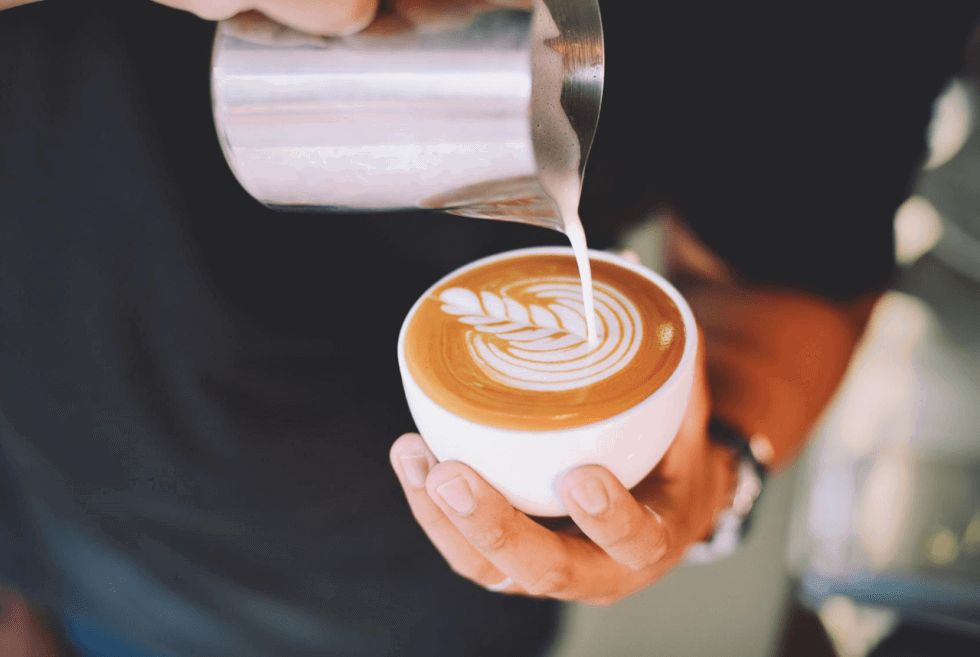
In the end, making a cup of java all comes down to comfort and personal preference. If you’re a coffee enthusiast then you’re likely one of those who have all or three of the above-mentioned coffee making tools. If you like the organic taste of coffee then a coffee maker or French Press would suffice. At the end of the day, all that matters is you get your caffeine fix.
If you would like your product reviewed and featured on Men’s Gear as well as its vast social media channels, e-mail Joe@mensgear.net




